10 Best Echinacea Pallida Preparations
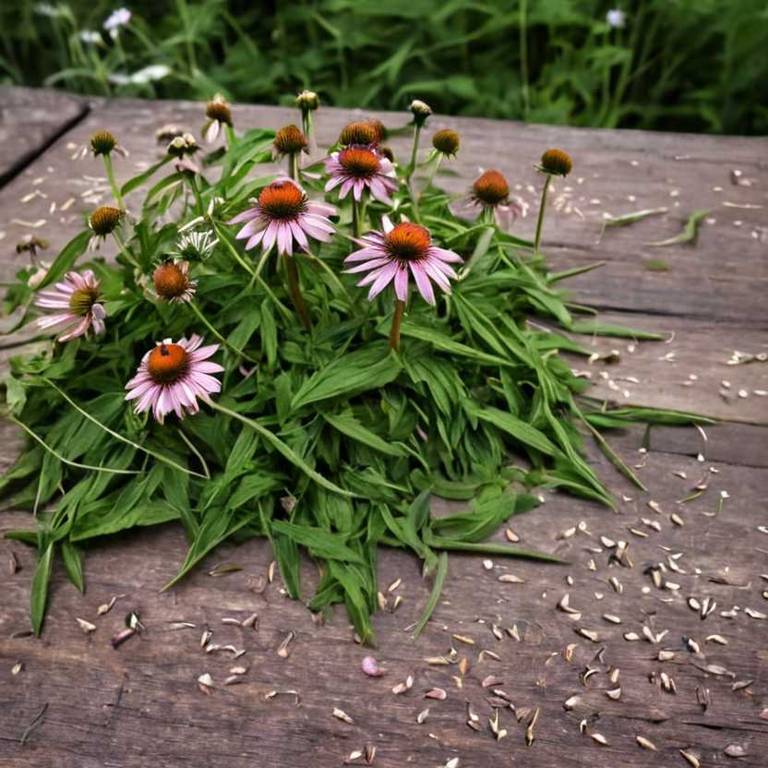
The best medicinal preparations of Echinacea pallida are teas, tinctures, capsules, decoctions, and syrups, each offering unique benefits for immune support and inflammation reduction.
Teas are made by steeping dried roots or leaves in hot water, while tinctures involve alcohol extraction for concentrated potency.
Capsules provide a convenient, standardized dose, and decoctions are prepared by simmering the root for extended periods.
Syrups are often used for children or those with difficulty swallowing pills.
These preparations have been traditionally used to treat colds, flu, and minor infections.
Below there's a list of the 10 best herbal preparations of echinacea pallida for medicinal purposes.
- 1. Teas
- 2. Tinctures
- 3. Capsules
- 4. Decoctions
- 5. Syrups
- 6. Lozenges
- 7. Creams
- 8. Oinments
- 9. Gargles
- 10. Linctuses
1. Teas
Echinacea pallida teas is commonly used to support immune function and treat respiratory infections such as the common cold and flu.
The most common medicinal uses of this herbal preparation include alleviating symptoms of upper respiratory tract infections, reducing inflammation, and boosting the body's natural defenses. Bioactive constituents such as alkamides, caffeic acid derivatives, polysaccharides, and flavonoids are believed to contribute to its medicinal properties. These compounds exhibit anti-inflammatory, antioxidant, and immunostimulant effects.
Echinacea pallida teas are also sometimes used to shorten the duration of colds and reduce the frequency of infections.
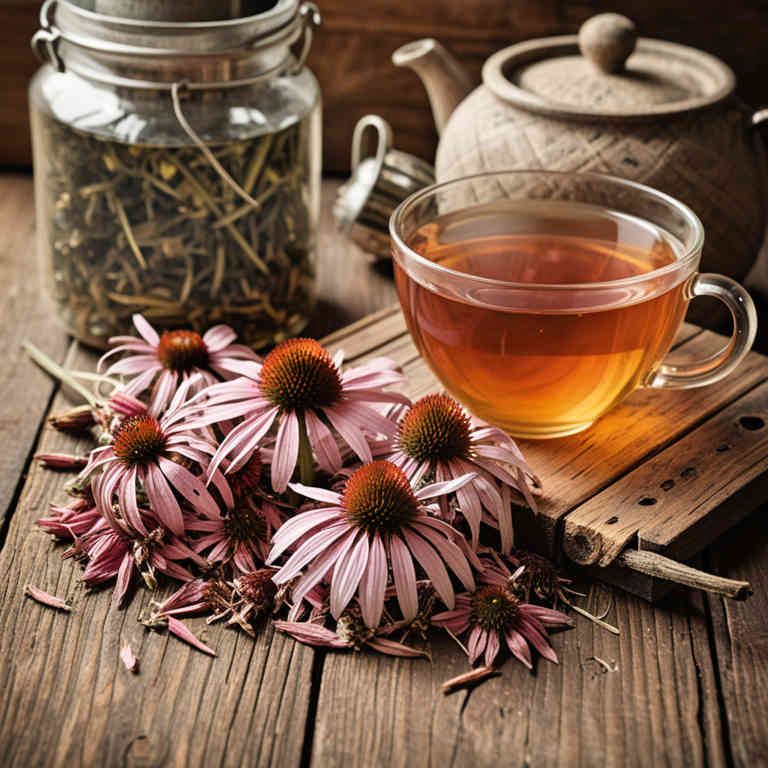
2. Tinctures
Echinacea pallida tinctures is commonly used to support the immune system and treat symptoms of the common cold and other respiratory infections.
These tinctures are often utilized for their ability to reduce the duration and severity of cold symptoms, and they are also used to alleviate inflammation and boost overall immune function. The most common medicinal uses include treating upper respiratory tract infections, reducing inflammation, and enhancing immune response. The bioactive constituents responsible for these effects include alkamides, caffeic acid derivatives, polysaccharides, and flavonoids, which have antimicrobial, anti-inflammatory, and immunostimulant properties.
These compounds work together to provide the plant's therapeutic benefits.
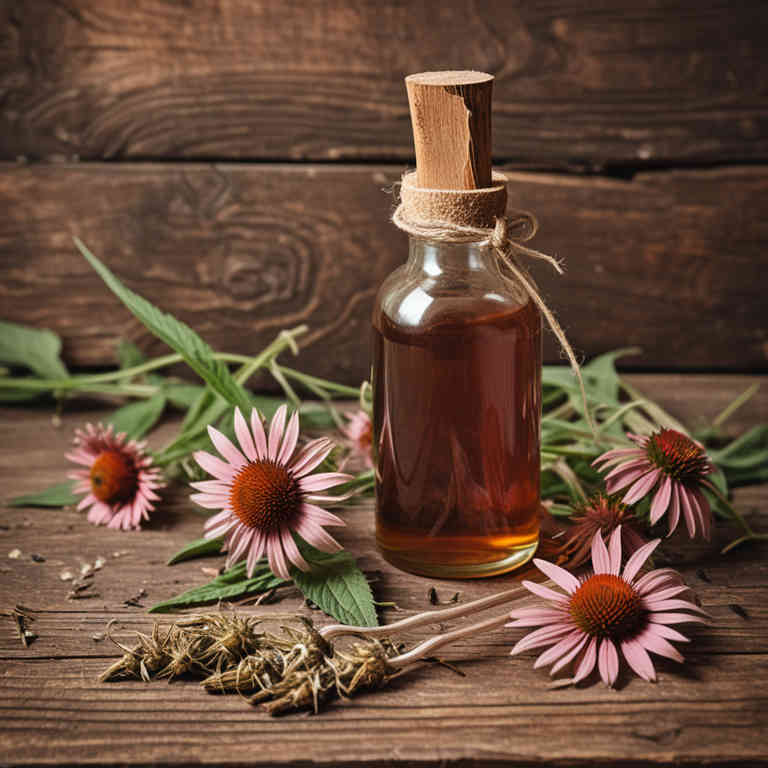
3. Capsules
Echinacea pallida capsules is commonly used to support the immune system and alleviate symptoms of the common cold and respiratory infections.
They are often taken at the first sign of illness to help reduce the duration and severity of symptoms. The most common medicinal uses include treating upper respiratory tract infections, such as the common cold, sore throat, and bronchitis. Bioactive constituents like alkamides, caffeic acid derivatives, and polysaccharides are believed to contribute to its immunostimulant and anti-inflammatory properties.
These compounds may enhance white blood cell activity and modulate the body's immune response.
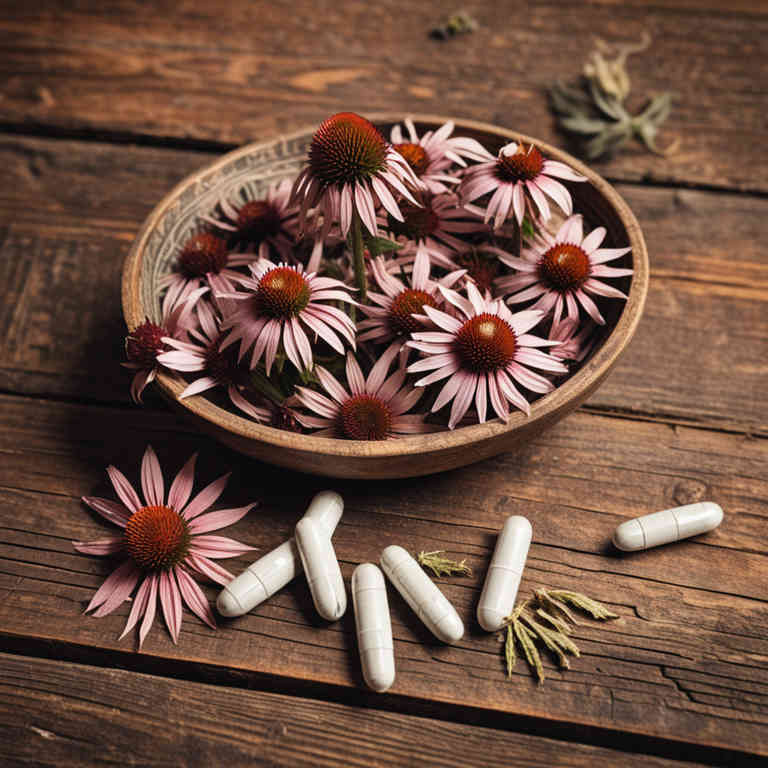
4. Decoctions
Echinacea pallida decoctions is commonly used to support the immune system and treat respiratory and skin infections.
These preparations are frequently employed for conditions such as the common cold, influenza, and minor skin irritations. The most common medicinal uses include alleviating symptoms of upper respiratory tract infections and promoting wound healing. The bioactive constituents responsible for its medicinal properties include alkamides, caffeic acid derivatives, polysaccharides, and flavonoids.
These compounds are believed to enhance immune response and possess anti-inflammatory and antimicrobial effects.
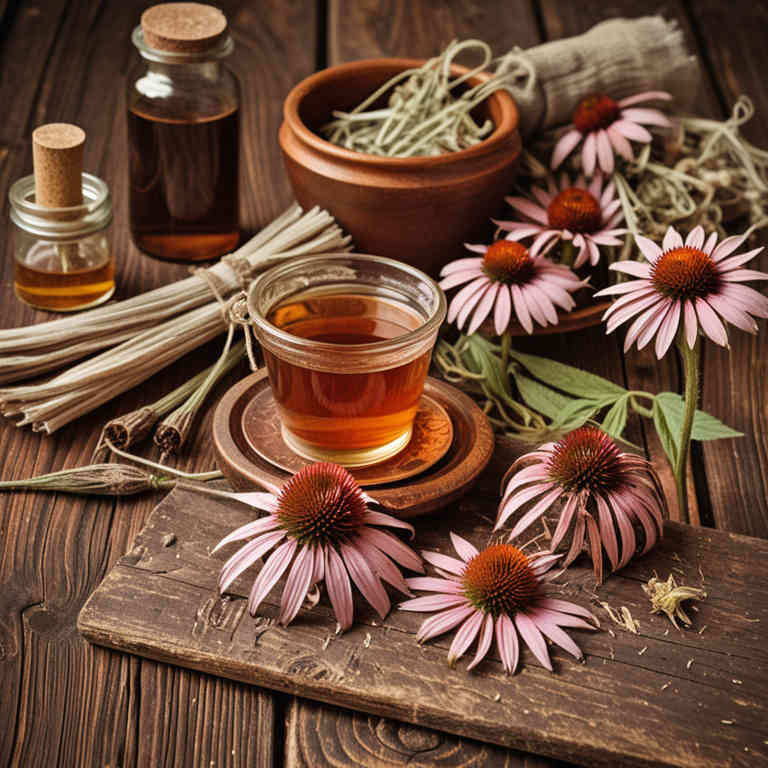
5. Syrups
Echinacea pallida syrups is commonly used to support immune function and treat symptoms of respiratory infections such as the common cold and influenza.
The most common medicinal uses of this herbal preparation include alleviating symptoms of upper respiratory tract infections, reducing fever, and promoting overall immune health. Bioactive constituents such as alkamides, caffeic acid derivatives, and polysaccharides are believed to give echinacea pallida syrups its medicinal properties. These compounds are thought to enhance immune response, exhibit anti-inflammatory effects, and possess antimicrobial properties.
However, the efficacy of echinacea in preventing or treating colds remains a topic of ongoing research and debate.
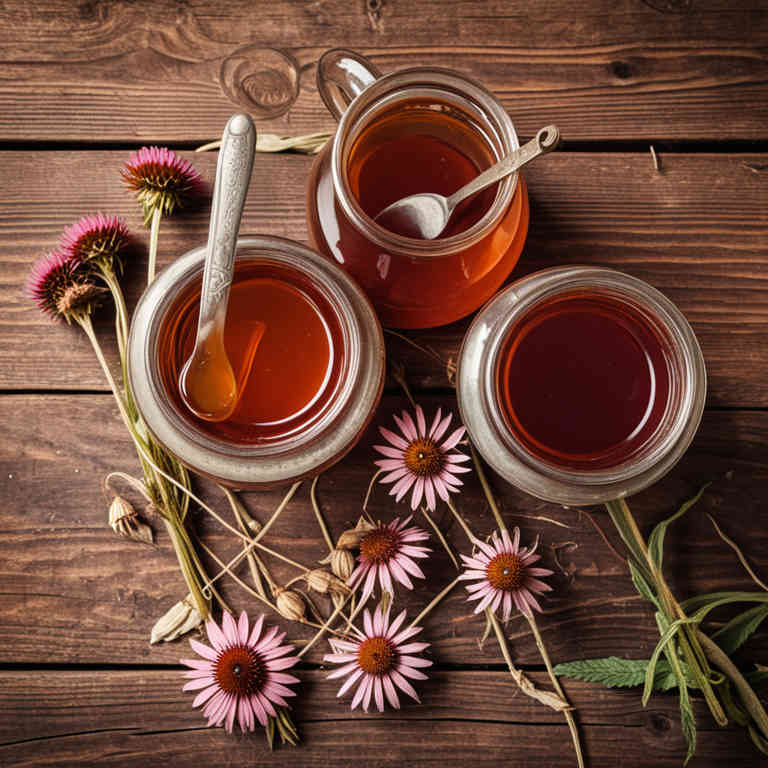
6. Lozenges
Echinacea pallida lozenges is commonly used to support the immune system and alleviate symptoms of respiratory infections.
They are frequently used to treat common colds, sore throats, and mild upper respiratory tract infections. The bioactive constituents responsible for these effects include alkamides, caffeic acid derivatives, polysaccharides, and flavonoids, which possess anti-inflammatory, antiviral, and immunostimulant properties. These compounds help reduce inflammation and enhance the body's natural defenses against pathogens.
Echinacea pallida lozenges are often recommended as a natural remedy for short-term relief of minor illnesses.
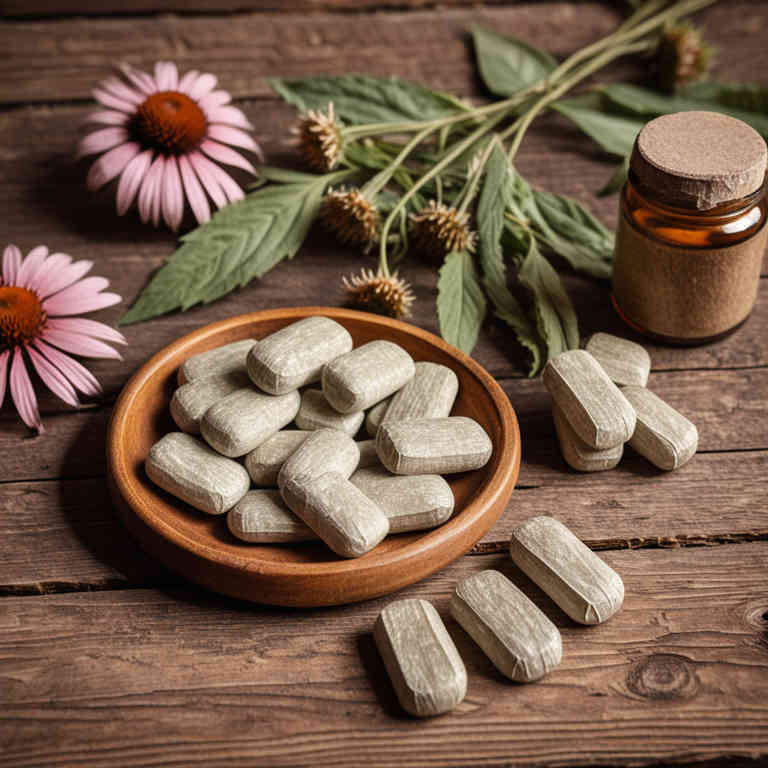
7. Creams
Echinacea pallida creams is commonly used to support immune function and alleviate symptoms of minor skin irritations and infections.
These creams are often applied topically to treat conditions such as eczema, psoriasis, and minor cuts or abrasions. The most common medicinal uses include reducing inflammation, promoting skin healing, and providing antiviral and antibacterial effects. The bioactive constituents responsible for these properties include alkamides, caffeic acid derivatives, and polysaccharides, which have immunomodulatory and anti-inflammatory actions.
These compounds work synergistically to enhance the body's natural defenses and support skin health.
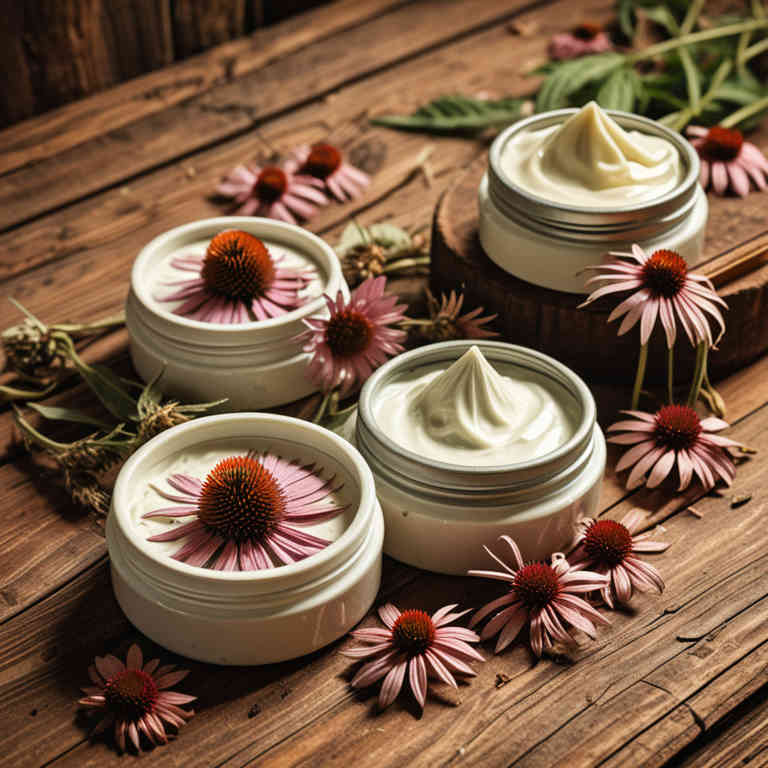
8. Oinments
Echinacea pallida oinments is commonly used to treat skin infections, wounds, and inflammatory conditions due to its antimicrobial and anti-inflammatory properties.
The most common medicinal uses of this herbal preparation include addressing acne, eczema, and minor cuts, as well as reducing inflammation associated with conditions like arthritis. The bioactive constituents responsible for its medicinal properties include alkamides, caffeic acid derivatives, polysaccharides, and flavonoids, which contribute to its immune-stimulating and anti-inflammatory effects. These compounds work synergistically to enhance the body's immune response and reduce microbial growth.
Overall, echinacea pallida ointments are valued for their natural ability to support skin health and immune function.

9. Gargles
Echinacea pallida gargles is commonly used to alleviate symptoms of sore throat and oral infections.
This herbal preparation is often employed to treat conditions such as tonsillitis, pharyngitis, and other inflammatory throat disorders. The most common medicinal uses include reducing inflammation, boosting immune response, and fighting viral and bacterial infections in the oral cavity. The bioactive constituents responsible for its medicinal properties include polysaccharides, alkamides, caffeic acid derivatives, and flavonoids, which have antimicrobial, anti-inflammatory, and immunostimulant effects.
These compounds work together to support the body's natural defenses and promote healing.

10. Linctuses
Echinacea pallida linctuses is commonly used to alleviate symptoms of respiratory infections and coughs.
This herbal preparation is often employed to treat ailments such as the common cold, bronchitis, and other upper respiratory tract infections. The most common medicinal uses include reducing inflammation, boosting the immune system, and soothing irritated throat tissues. The bioactive constituents responsible for its medicinal properties include alkamides, caffeic acid derivatives, flavonoids, and polysaccharides.
These compounds are believed to contribute to its antimicrobial, anti-inflammatory, and immune-stimulating effects.
